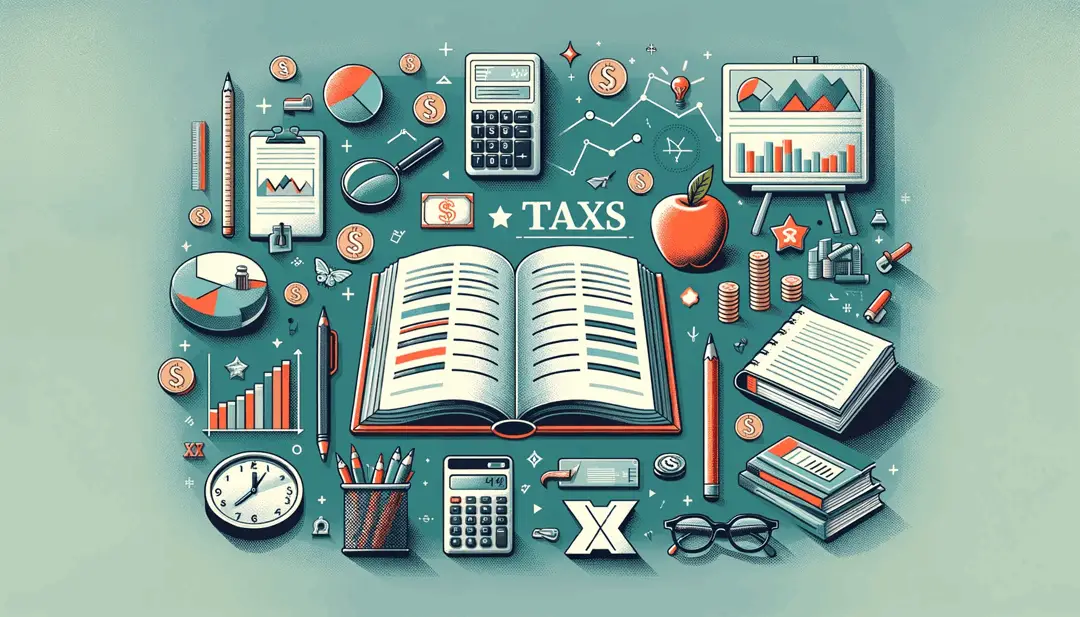Taxes: the basics of economic literacy
A tax is a compulsory financial charge or some other type of levy imposed on a taxpayer (an individual or legal entity) by a governmental organization in order to fund government spending and various public expenditures (regional, local, or national), and tax compliance refers to policy actions and individual behaviour aimed at ensuring that taxpayers are paying the right amount of tax at the right time and securing the correct tax allowances and tax reliefs.
The essence of taxes in the modern state
The development and change in the forms of government has always been accompanied by the transformation of the tax system. In modern society, taxes are the main form of government revenue. In addition to this purely financial function, the tax mechanism is used for the economic impact of the state on social production, its dynamics and structure.
Taxes arose along with commodity production, the division of society into classes, which required funds for the maintenance of the army, courts, officials, etc. The existence of the state is economically embodied in tax relations. Withdrawal by the state in favor of society in the form of a mandatory contribution is the essence of the tax.
From an economic point of view, taxes are instruments of fiscal policy and, at the same time, a method of indirect regulation of economic processes at the macro level.
From a legal point of view, tax relations are a system of specific obligations, in which one party is the state, and on the other, the subject of taxation, which is entrusted with the obligation to pay taxes to the budget in accordance with tax legislation.
There are two areas that regulate the profitability of the state in the field of taxation:
- the first one is the accumulation of tax payments and the formation of the tax part of the budget.
- the second, is to stimulate certain types of economic activity or sectors of the economy through leverage. This shows its regulatory function.
Contributions are made by the main groups of the population, such as:
- Workers who create tangible and intangible benefits with their labor and receive a certain income.
- Economic entities, owners of capital operating in the field of entrepreneurship. Since the tax system is represented by a set of taxes, fees, duties and other obligatory payments levied in the prescribed manner from taxpayers of legal entities and individuals.
Tax functions
1. Fiscal function.
Ensures the formation of the financial resources of the state necessary for the implementation of budgetary, social and other programs, as well as for the existence of state institutions.
2. Economic function.
Designed for a socially fair redistribution of income, depending on the socio-economic priorities or the importance of business entities, i.e. it is an instrument of indirect regulation of the economy.
3. Regulatory function.
Mastering Digital Finance:A Comprehensive Guide
Empower Your Financial Future: Grab Your Copy of 'Mastering Digital Finance' eBook and Navigate the Complexities of Modern Financial Landscapes with Confidence!
Get your eBook
It manifests itself in the fact that taxes are a tool for influencing reproduction by stimulating or slowing down its pace, effective demand, capital accumulation, scientific and technological progress, etc.
4. Control function.
It consists in the fact that with the help of taxes the state exercises control over the income and expenses of taxpayers.
Taxation
Taxation is a relationship on the establishment, introduction and collection of taxes, fees and contributions, as well as relations arising in the process of tax control.
This is the process of establishing tax collection in the country, determining the types, objects, tax rates, tax carriers, their payment procedure, which are taxpayers in accordance with the developed tax policy and the principles of taxation.
The taxpayer is always the subject of tax, that is, an individual or legal entity for which the law is entrusted with the obligation to introduce tax to the budget. The tax carrier is a person paying a salary of tax to the subject of tax, and not to the state. A classic example of tax shifting are indirect taxes. The tax object is property, income, subject, value added, certain types of activities that serve as the basis for taxing tax.
A source of tax is the income of a subject or tax carrier from which a salary of tax is introduced to the budget.
A unit of tax (scale) is a unit of measurement of the tax object adopted as a basis for calculating the salary of tax. Tax rate is the amount of tax established per unit tax.

Freelancer, author, website creator, and SEO expert, Elena is also a tax specialist. She aims at making quality information available to the most, to help them improve both their personal and professional lives.She writes tax related articles on her specialised publication: Tax Taxation.
Mastering Digital Finance:A Comprehensive Guide
Empower Your Financial Future: Grab Your Copy of 'Mastering Digital Finance' eBook and Navigate the Complexities of Modern Financial Landscapes with Confidence!
Get your eBook

